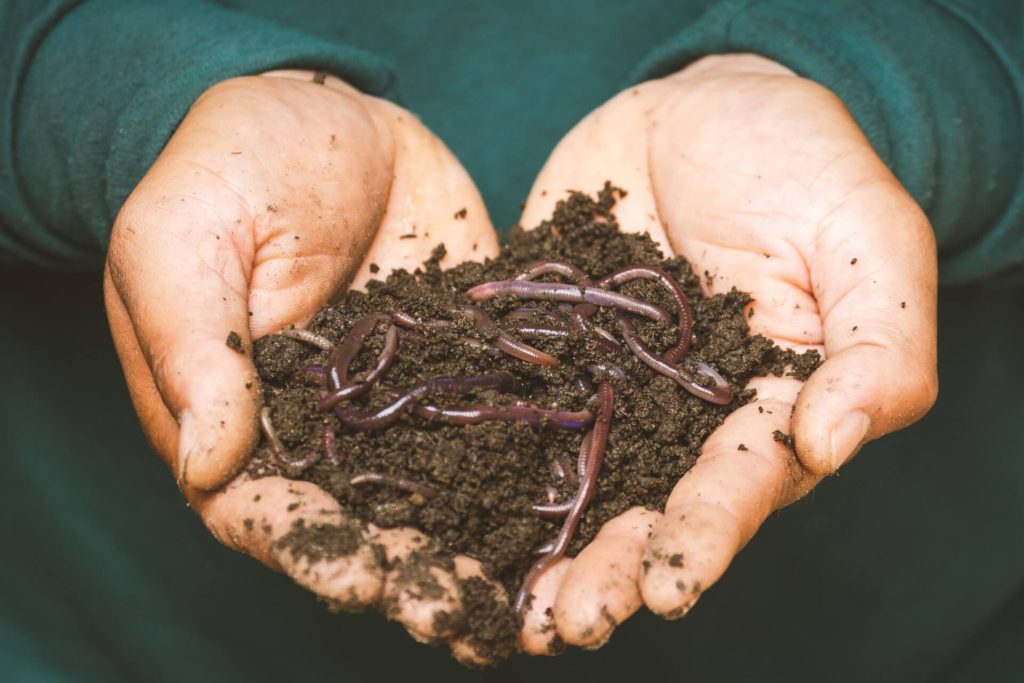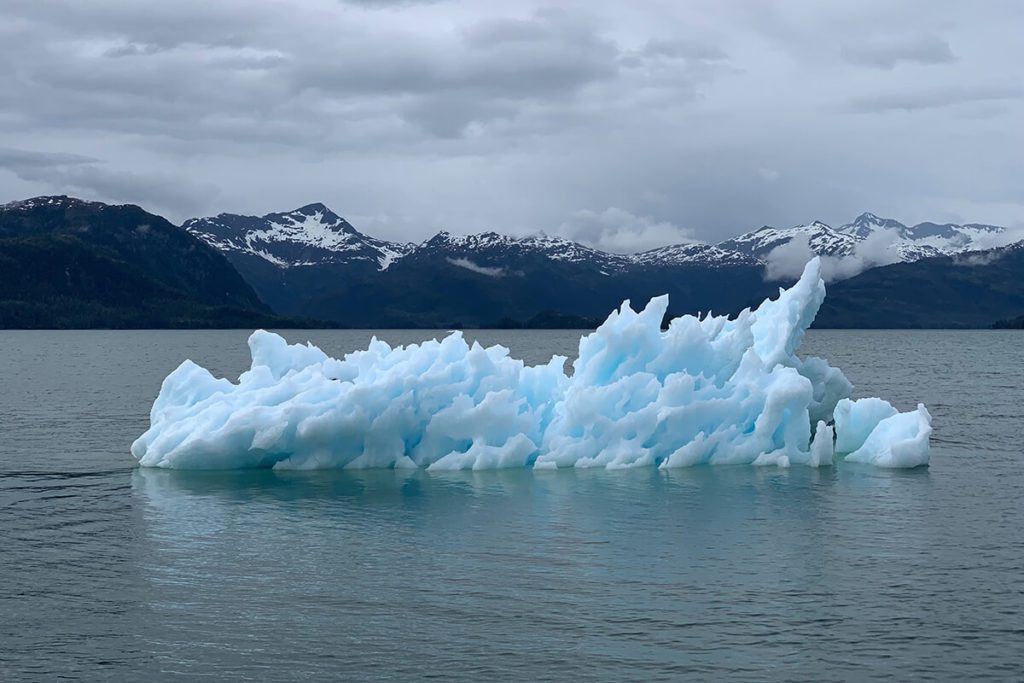Food Sources
The challenges
Meat and dairy
In the last few decades food companies have filled our shelves with meat, chocolate, cheese and eggs, which has resulted in an explosion of livestock numbers – especially cows, pigs and chickens. There are now so many that an estimated 60% of all mammals on the planet are livestock, while just 4% are wild (the other 36% is us). Farmed poultry account for an incredible 70% of all birds.
This rapid growth in meat and dairy production has been driven by profit-hungry companies and has led to drastic consequences for our planet. All these animals need a lot of food and vast areas of forests, grasslands and wetlands have been destroyed to feed livestock. Giant chunks of the Amazon rainforest and other South American forests and savannas have been replaced with fields of soya, wiping out the wildlife they support.
This is a disaster for the climate. Agriculture and deforestation contribute a quarter of global greenhouse gas emissions, and animal farming is responsible for 60% of the emissions from agriculture. These emissions come from a variety of sources. Converting forests and other landscapes into fields for animal feed releases greenhouse gases, and removes trees that help suck up and store carbon dioxide in the first place. Artificial fertilisers use a lot of energy to produce and they release another greenhouse gas – nitrous oxide – which traps much more heat than carbon dioxide. And cows produce a lot of methane – it’s no laughing matter that farts from billions of cows are warming our planet.
Chicken is often seen as a more environmentally friendly choice compared to beef, but global chicken consumption has almost doubled since 1990. Producing chicken at that scale comes with a host of problems – notably vast amounts of animal feed.
Animal agriculture is a really inefficient way to produce enough food for everyone on the planet. For every 100 calories of crops fed to animals, we get 40 calories in the form of milk, 12 calories of chicken, and just 3 calories of beef. Instead, that grain could be used to feed people directly and would help ensure everyone has enough food.
Industrial farming also comes with a host of other serious problems. Converting land for agriculture can disrupt water supplies and lead to soil erosion, while fertilisers escape the fields to pollute rivers and oceans. Animals in factory farms are kept in brutal conditions and bred to maximise meat production at the expense of their own welfare. And eating more meat and dairy is increasingly being linked to a host of health impacts such as obesity, diabetes and various cancers, jeopardising our own health.
There’s still time to stop the damage, but we need to radically change the way we think about food. The best advice comes from writer Michael Pollan: “Eat food. Not too much. Mostly plants.” As he suggests, we can eat less meat and dairy, not just as individuals but at a global level. To keep global temperature increases below 1.5ºC, we need to reduce the amount of meat and dairy we’re eating by more than half by 2030. That means big companies need to start producing tasty, healthy plant-based meals – and reduce the amount of meat and dairy products too. What meat we do eat has to be produced ecologically, respecting both the environmental impacts and the welfare of the animals themselves.
We also need to hold governments and companies accountable for the damage food production is causing and demand a more responsible approach. In this way, we can stop destroying forests to rear animals and grow crops to feed them. In 2006, Greenpeace pioneered a collective agreement between soya growers, traders and food companies to protect the Amazon from further destruction, which is still in place today.
A better attitude towards meat and dairy means we’ll be healthier, the animals we farm will be healthier, and our planet will be healthier.
Palm oil
Palm oil is amazingly versatile, which is why it’s become so popular. It’s an ingredient in food like biscuits and chocolate, as well as shampoo and toothpaste. To meet this demand, a huge industry has developed. Oil palms are grown in many tropical countries, although Indonesia is the largest producer in the world.
But this has all come at an enormous cost. Indonesia’s forests have been bulldozed, replaced with hectares upon hectares of plantations. Palm oil companies are encroaching on local communities and there are reports of violence and people being forced from their land. Meanwhile, orangutans and other species are being pushed to the edge of extinction.
The destruction of Indonesia’s forests is also a global problem. Deforestation is a major contributor to climate change thanks to a double whammy effect. Clearing forests produces greenhouse gas emissions and, with fewer trees, less carbon dioxide is removed from the atmosphere.
On top of this, large areas of Indonesia’s forest grow in deep, swampy peat which stores huge quantities of carbon. Oil palm plantations need dry land, so palm oil companies drain the peat, making it very flammable. Fires can rage out of control, releasing yet more carbon dioxide. Indonesia is the third greatest emitter of greenhouse gases in the world, largely because of deforestation. Whenever fires break out, thick clouds of smoke blanket Indonesia and other countries, choking people and causing major health problems.
For over 10 years, Greenpeace has been making the palm oil industry clean up its act. We’ve exposed how big brands like Nestlé, Unilever and Mars are using dirty palm oil from forest destroyers. Thanks to an outcry from people around the world, many have made commitments to drop dirty palm oil by 2020. But time is running out and companies need to do much more to meet this deadline.
The big brands need to investigate their palm oil suppliers and only buy from responsible growers that aren’t destroying forests or exploiting local people. Pressure from Greenpeace supporters has forced Wilmar, the biggest palm oil trader in the world, to announce a plan to map and monitor its suppliers. If Wilmar sticks to its word, other traders will be forced to do the same and palm oil producers that destroy forests will have no one to sell to.
Soya
Like palm oil, the global food industry has become utterly reliant on soya. The size of the global meat and dairy industry has exploded and soya production has vastly increased to meet it.
Most soya comes from the Americas and nearly half from just two countries, Brazil and Argentina. Growth of the soya industry has been meteoric – production in Brazil has quadrupled in just 20 years. The UK imports huge quantities of soya and globally some 90% of soya is used to feed animals, including cows, pigs and chickens.
This rapid growth has come at a huge cost. Vast areas of forest and natural habitats have been destroyed, replaced with mile upon mile of soya fields. Converting forests and grasslands into monocrop farmland for soya releases carbon dioxide and other greenhouse gases which cause climate change. Trees are very good at absorbing and storing carbon dioxide, so fewer trees means more carbon stays in the atmosphere.
Huge tracts of the forests in South America have been lost at the hands of the expanding soya industry. People protecting the forest, including Indigenous Peoples and local activists, have been intimidated, attacked and even killed.
But since 2006, the industry has agreed not to buy soya from farmers that destroy the Amazon rainforest – and this has dramatically reduced deforestation for soya in the Brazilian Amazon. The pioneering agreement was the result of a Greenpeace campaign that showed how McDonald’s and other food companies were selling meat reared on Amazon soya.
10 tips to eat more plant-based food
One of the most useful things everyone can do to take action on climate change *right now* is to eat less meat and dairy. Here are Greenpeace‘s top 10 tips to increase the amount of plant-based foods in your diet.
Thinking of going more vegan or vegetarian for the climate? Good news! There’s never been a better time to start on the path to a predominantly plant-based diet.


